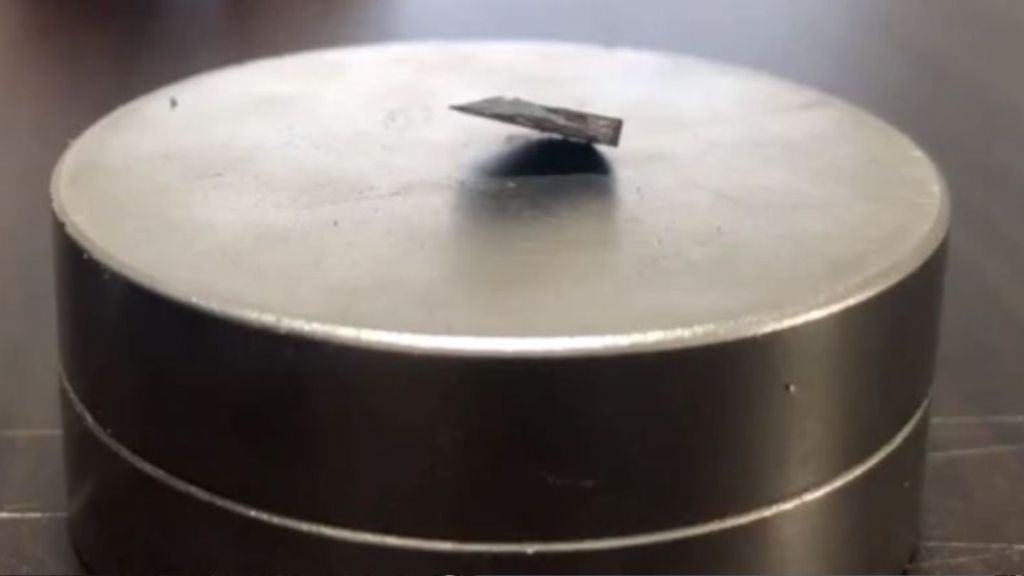For the first time ever, scientists have demonstrated that superconductivity, a state that enables electrical charges to pass through materials with no resistance, is possible at room temperature.
The milestone discovery resolves “one of the long-standing challenges in experimental physics,” according to a study published in Nature on Wednesday.
Videos by VICE
Ranga Dias, a mechanical engineer at the University of Rochester who co-led the research, said that his team believes the study “will open a new approach” to observing superconductivity at high temperatures, in an email.
When an electrical charge passes through normal, everyday materials, it encounters resistance that causes some energy to be dissipated as heat. Charges within superconductors, in contrast, flow with perfect efficiency, making them extremely useful for a wide range of applications.
Scientists have experimented with the weird properties of superconductors for more than a century. These materials, mostly metals, have enabled the development of technologies such as magnetic resonance imaging (MRI) machines, particle accelerators, and mobile communication. Superconductors also expel their magnetic fields, leading to the eerie “magnetic levitation” effect used in some Maglev trains and other technologies.
However, there’s one inconvenient side to superconducting materials: they normally need to be kept at extremely cold temperatures, sometimes approaching absolute zero (equal to minus 273.15°C). That adds a layer of cryogenic complexity to systems that require these substances, spurring scientists to puzzle over ways to produce superconductivity at the normal temperatures we experience in daily life.
Dias and his colleagues have proved that superconductivity can occur at room temperatures. The team concocted a compound made of carbon, hydrogen, and sulfur that demonstrated perfect electrical efficiency at temperatures as high as 15°C.
There’s still a catch, however: the team swapped out extremely cold temperatures for extremely high pressures that facilitate “the production of new quantum materials” that allow for superconductivity, according to the study.
The carbonaceous sulfur hydride material used in the experiment had to be placed under pressures of up to 275 gigapascals, more than two million times what we experience on Earth’s surface, in order for it to display room-temperature superconductivity.
“We have been developing a new set of tools to solve this problem,” Dias said. For instance, the researchers are already working on a way to make the superconductor at lower pressures with a special technique called “compositional tuning.”
The “next challenge” will be making the material “even more economical to mass produce,” Dias continued. “We have formed a new company called Unearthly Materials Inc. which our main focus is to make this material at ambient pressure.”
The achievement has opened up novel avenues of research and vindicated previous studies showing that superconductors operate on gradients of extreme temperature and pressure.
Room-temperature superconductivity could lead to power grids that save hundreds of millions of megawatt hours, faster electronics, and “a new way to propel levitated trains and other forms of transportation,” Dias said.
Given these advances, you can expect the next generation of superconductors to continue living up to the “super” prefix.
Update: This article has been updated to include comments from study author Ranga Dias.




